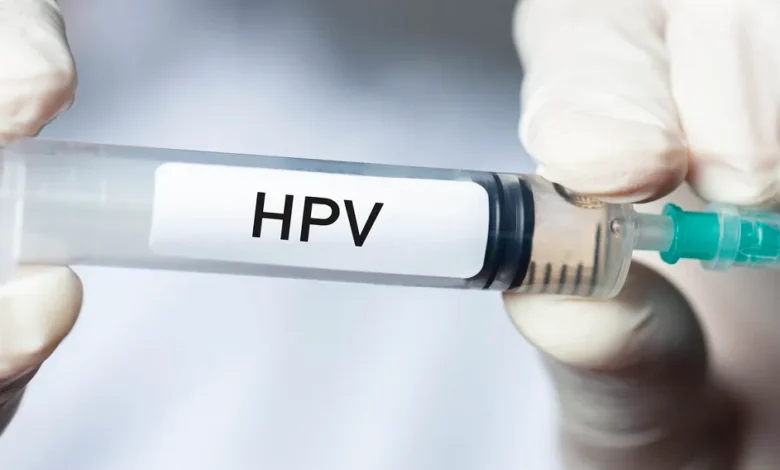Demystifying HPV: What Everyone Should Know About Human Papillomavirus

Human Papillomavirus (HPV) is one of the most common sexually transmitted infections worldwide, yet it remains widely misunderstood. With over 100 different types, some of which can lead to serious health issues, understanding HPV is crucial for everyone, regardless of age or sexual activity. In this article, we aim to demystify HPV by providing essential information about its transmission, associated health risks, prevention strategies, and the importance of vaccination.
What is HPV? HPV is a group of viruses that infect the skin and mucous membranes. It is primarily transmitted through sexual contact, including vaginal, anal, and oral sex. While most HPV infections do not cause any symptoms and clear on their own, certain strains can lead to various health problems, including genital warts and certain cancers.
Contents
Types of HPV: HPV is classified into two main categories based on their association with cancer:
- Low-risk HPV: These types of HPV are responsible for the development of genital warts, which are non-cancerous growths on the skin and mucous membranes. While genital warts can be unsightly and uncomfortable, they are not life-threatening.
- High-risk HPV: Certain strains of HPV are considered high-risk because they have the potential to cause cancer. High-risk HPV types are responsible for the majority of cervical cancers, as well as cancers of the anus, penis, vagina, vulva, and oropharynx (throat).
Health Risks Associated with HPV:
The most serious health consequence of HPV infection is the development of cancer. Persistent infection with high-risk HPV strains can lead to the formation of precancerous lesions, which, if left untreated, may progress to invasive cancer over time. Cervical cancer is the most common HPV-related cancer in women, highlighting the importance of regular screening and early detection through Pap smears and HPV tests.
In addition to cervical cancer, HPV infection can also increase the risk of other cancers, including anal cancer in both men and women, penile cancer in men, and oropharyngeal cancer (cancer of the throat, tongue, and tonsils) in both sexes.
Prevention of HPV:
Preventing HPV infection is the key to reducing the risk of associated health problems. Several strategies can help prevent the transmission and spread of HPV:
- Vaccination: HPV vaccines are highly effective in preventing infection with the most common high-risk HPV strains, as well as some low-risk types that cause genital warts. Vaccination is recommended for both boys and girls, ideally before they become sexually active. The HPV vaccine is typically administered in two or three doses, depending on age and vaccination history.
- Safe Sex Practices: Consistent and correct use of condoms can reduce the risk of HPV transmission during sexual activity, although they may not provide complete protection since HPV can infect areas not covered by condoms.
- Regular Screening: Routine cervical cancer screening, including Pap smears and HPV tests, can help detect precancerous changes early when they are most treatable. Screening guidelines vary by age and individual risk factors, so it’s essential to discuss screening recommendations with a healthcare provider.
- Abstinence: Abstaining from sexual activity is the only sure way to prevent HPV infection. However, for those who are sexually active, practicing monogamy with an uninfected partner can reduce the risk of HPV transmission.
Conclusion:
HPV is a common and often misunderstood virus with the potential to cause serious health problems, including cancer. By educating ourselves about HPV transmission, associated health risks, and prevention strategies, we can take proactive steps to protect our health and the health of our loved ones. Vaccination, safe sex practices, regular screening, and open communication with healthcare providers are essential components of HPV prevention efforts. By working together to raise awareness and promote preventive measures, we can strive to reduce the burden of HPV-related diseases and improve public health outcomes for all.




